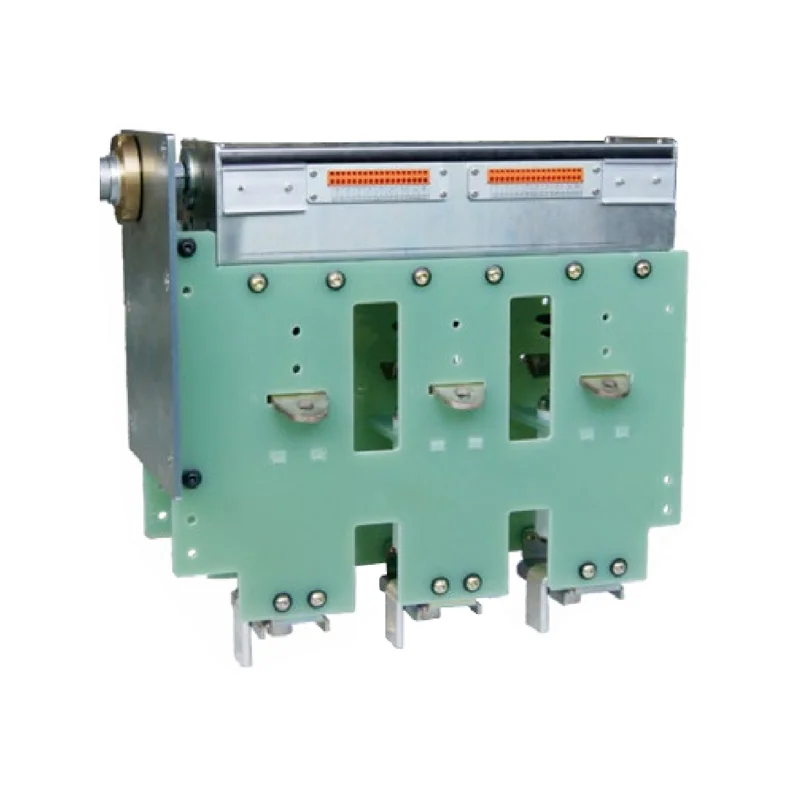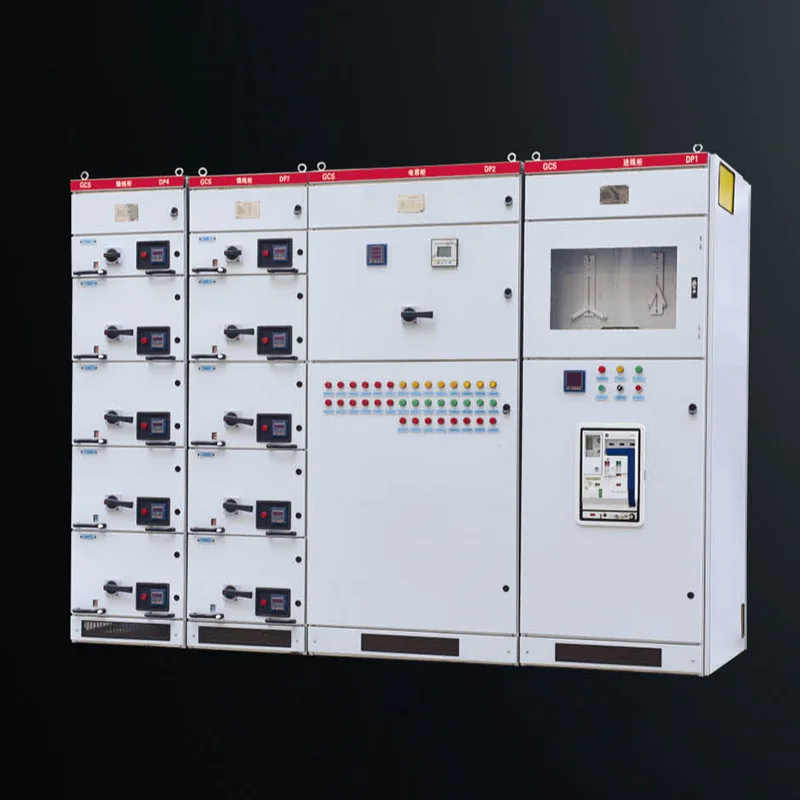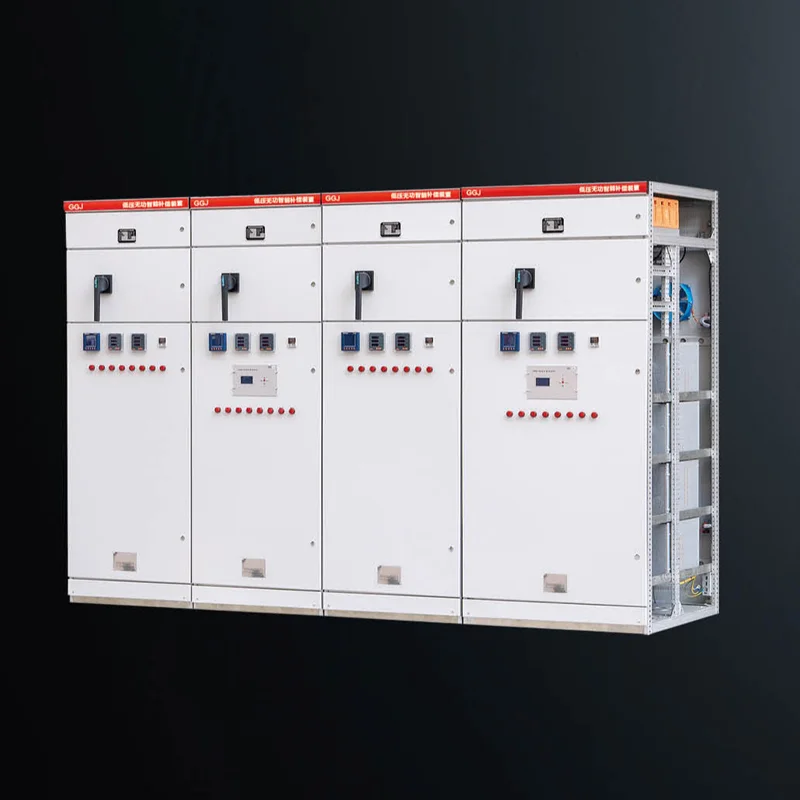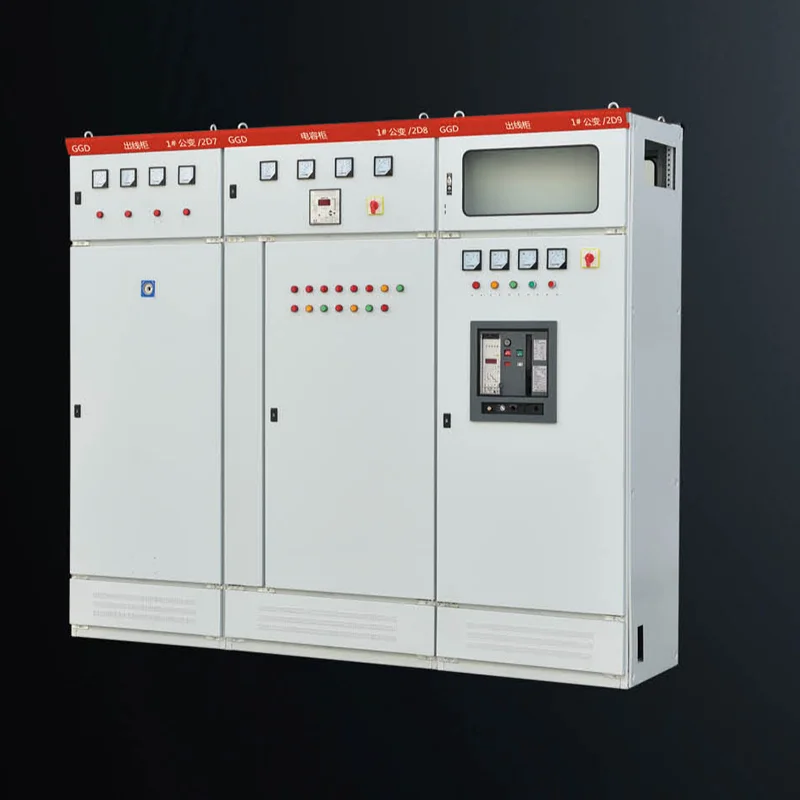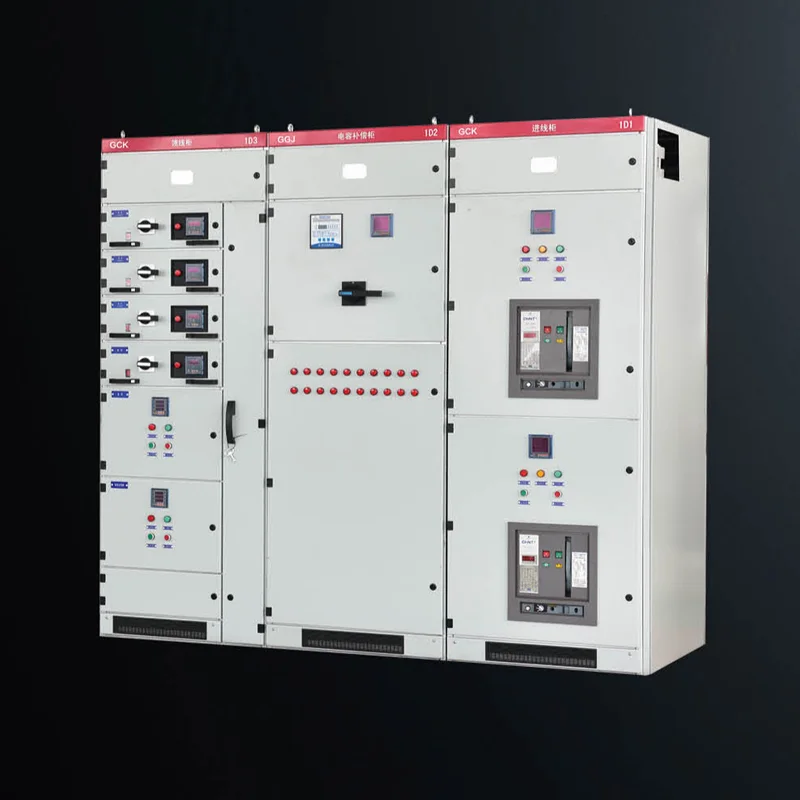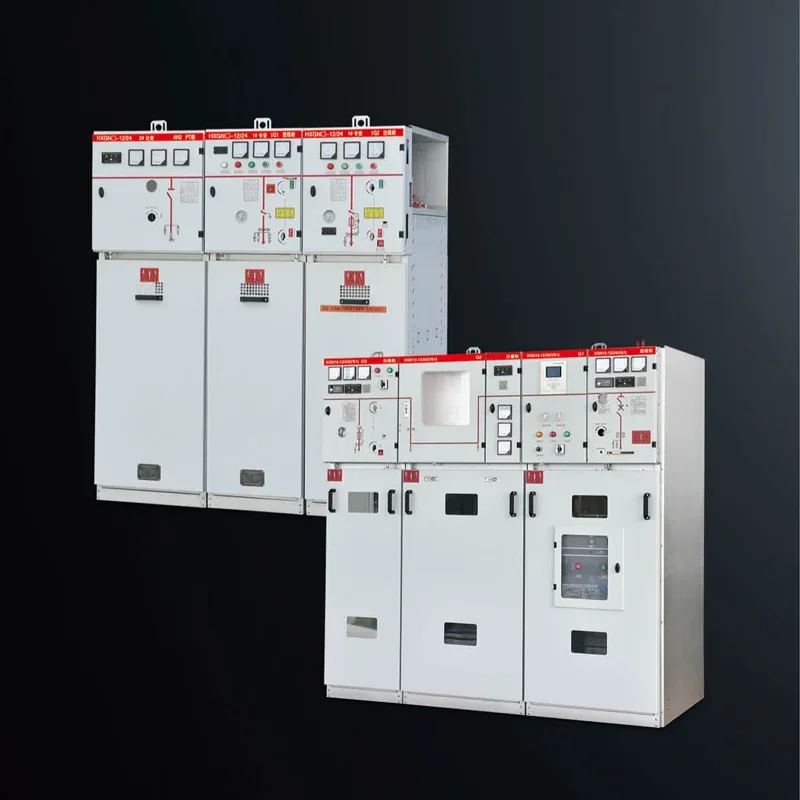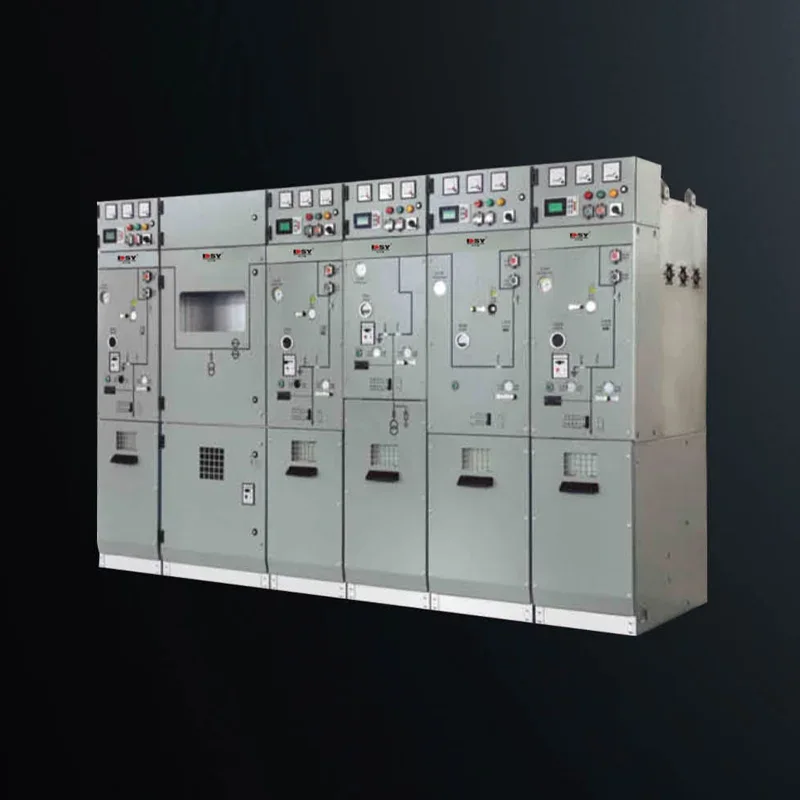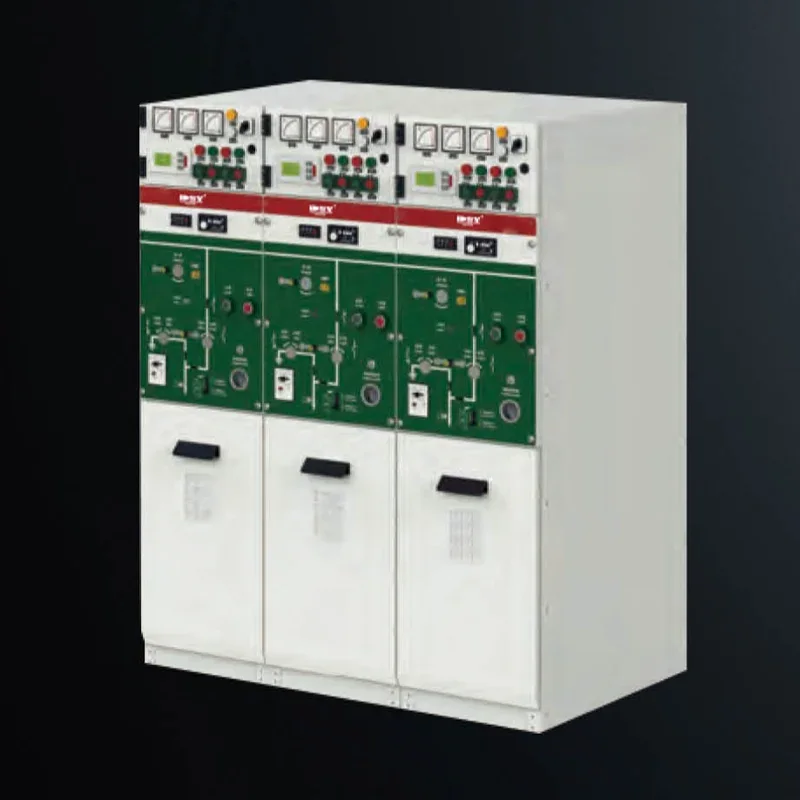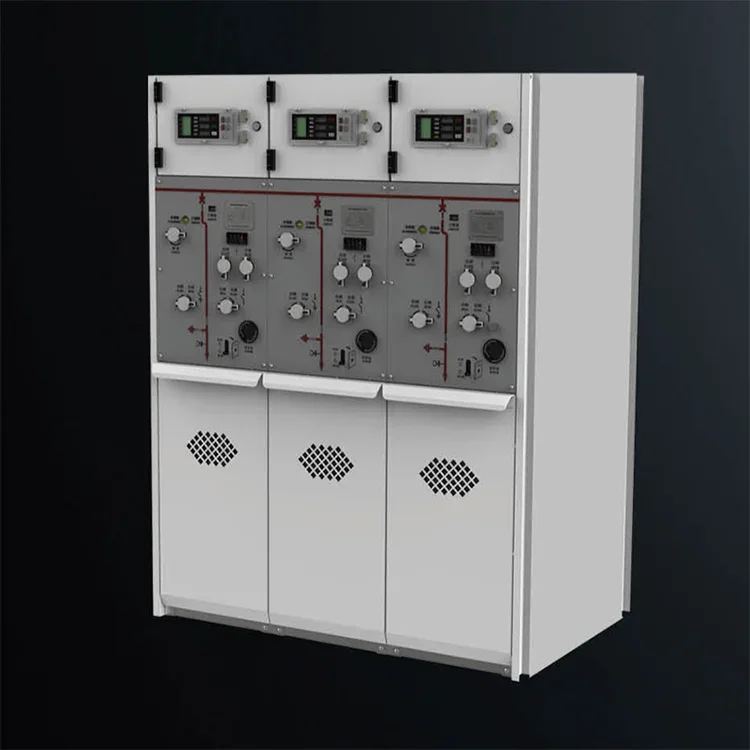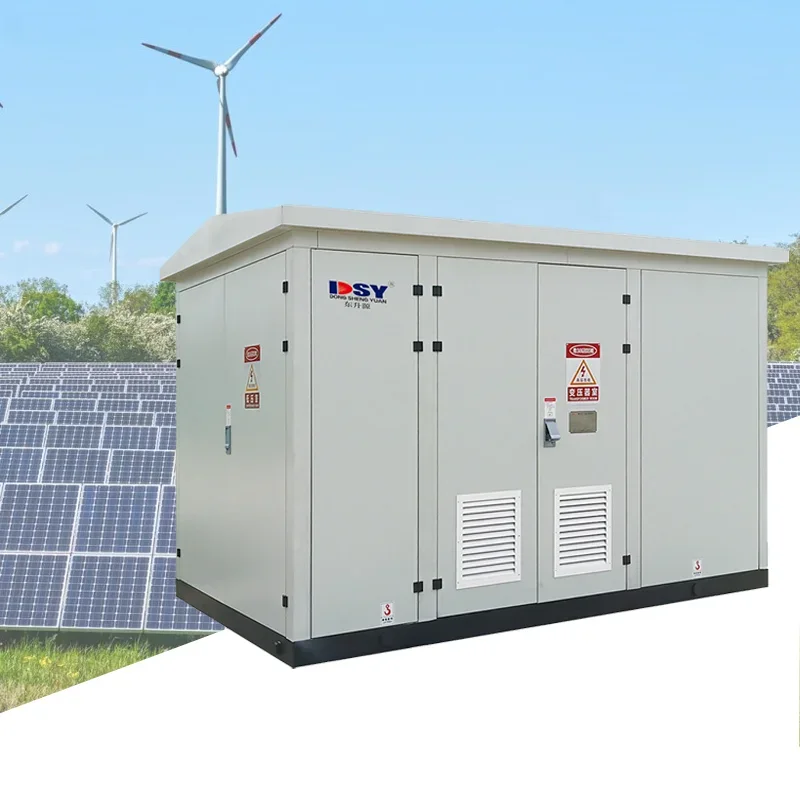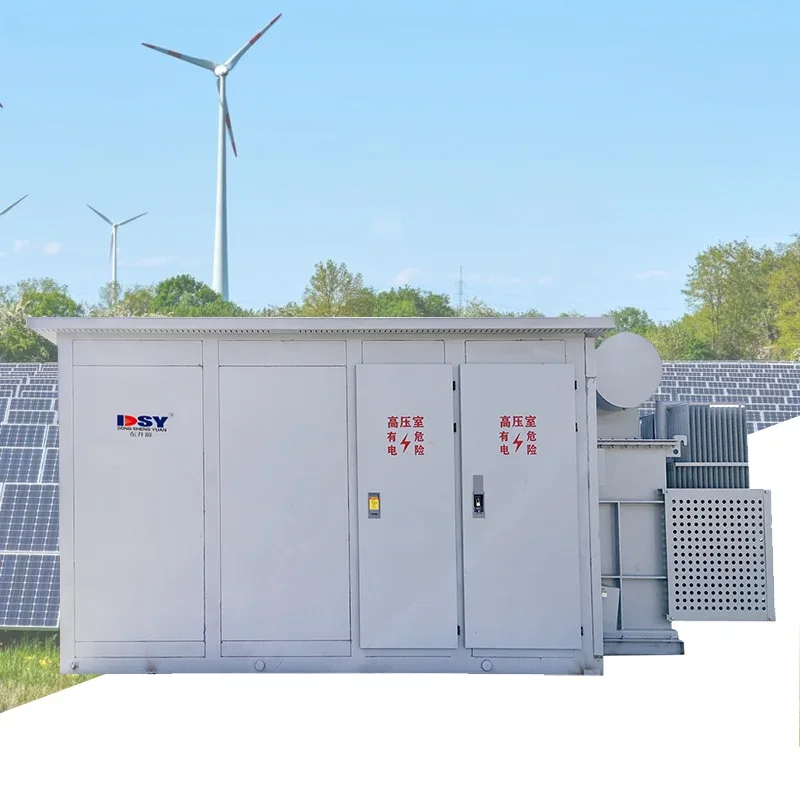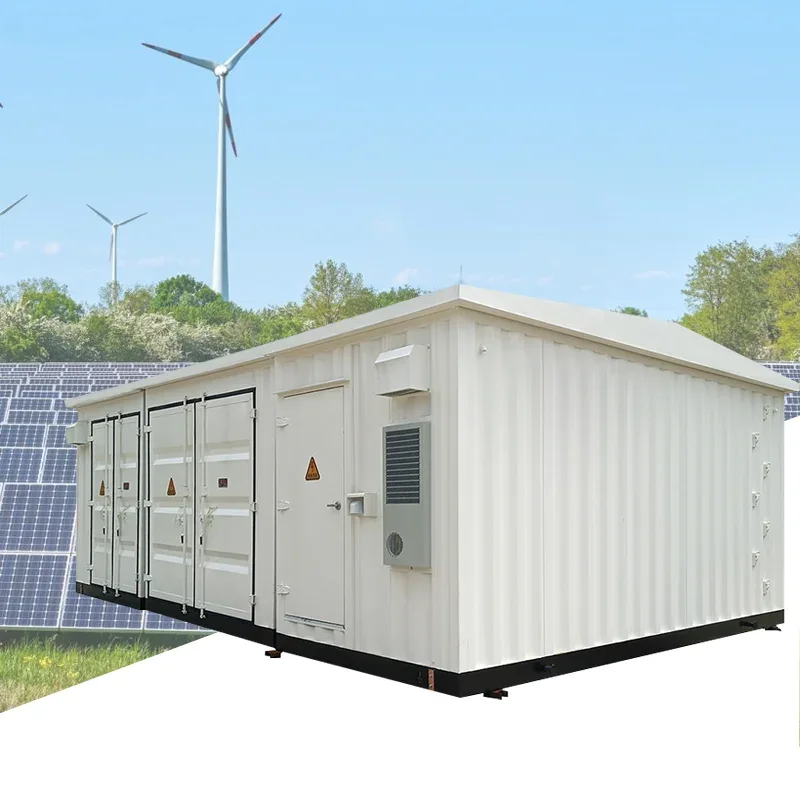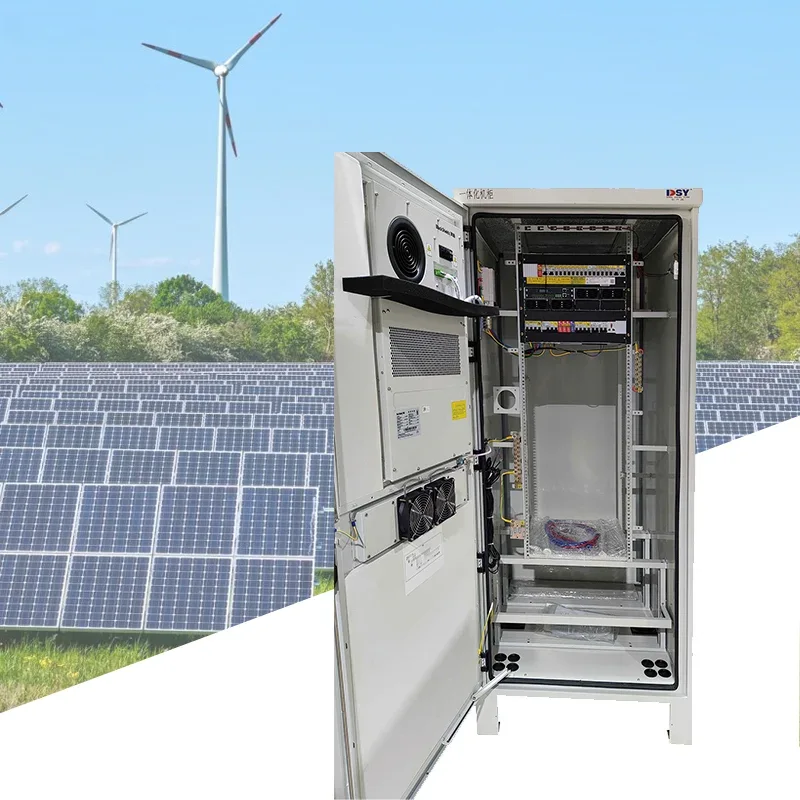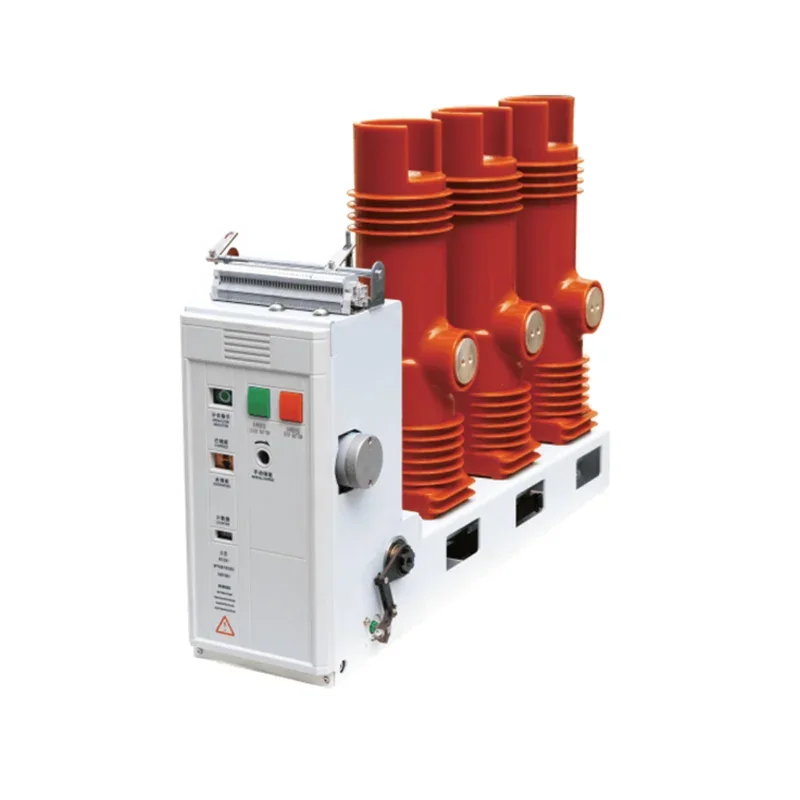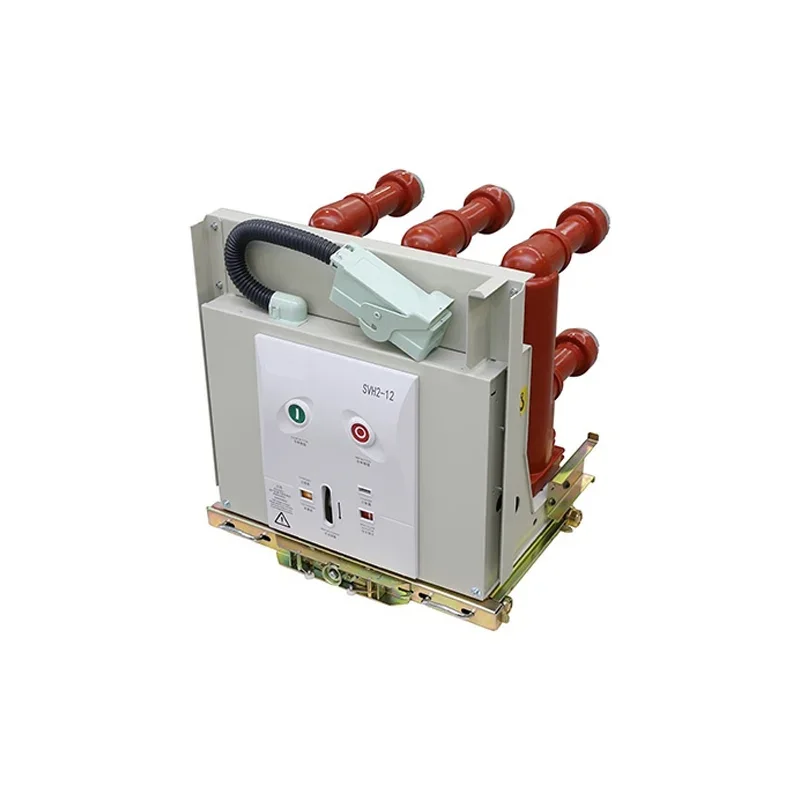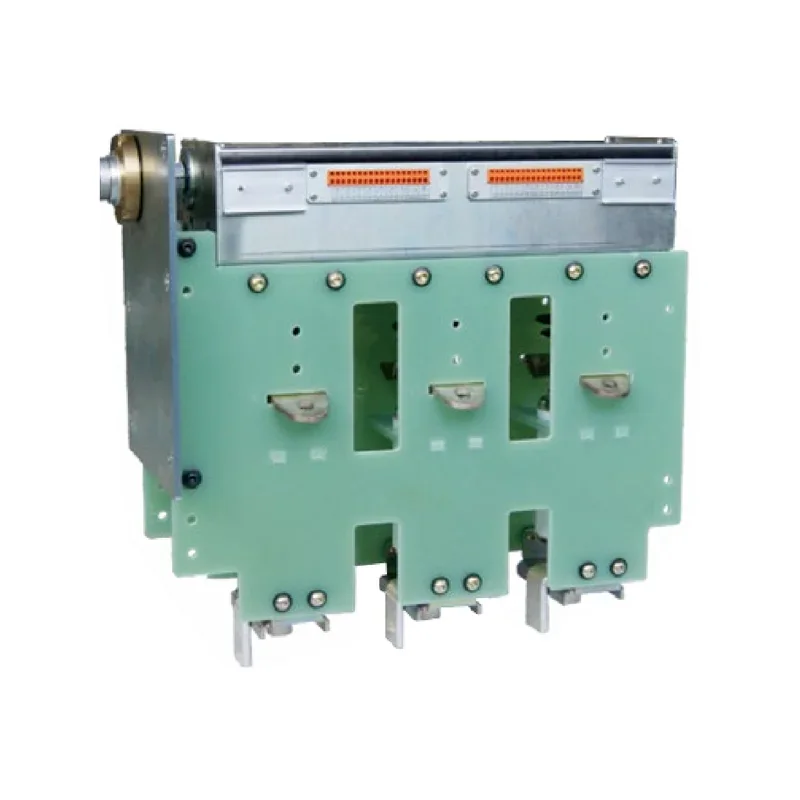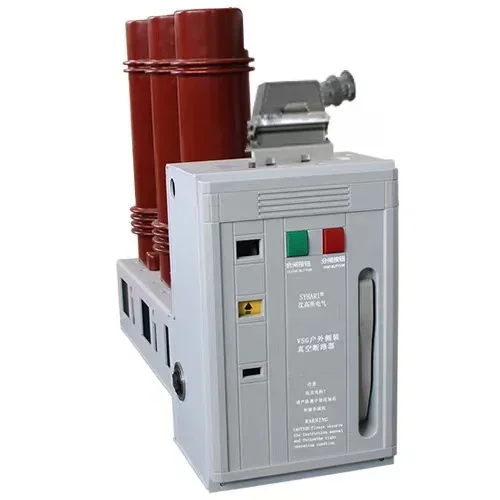Understanding Solid Insulated Switchgear: A Comprehensive Guide
Solid Insulated Switchgear (SIS) represents a significant advancement in electrical distribution technology, particularly in the medium voltage (MV) range. As the demand for reliable and efficient power distribution systems continues to grow, understanding the role of SIS becomes increasingly important for engineers and utility providers alike. At its core, Solid Insulated Switchgear is designed t
Jul 24,2025
At its core, Solid Insulated Switchgear is designed to offer a compact and robust solution for power management. Unlike traditional air-insulated switchgear, SIS utilizes solid insulation materials, such as epoxy resin, which significantly enhances its performance and reliability. This type of switchgear is particularly advantageous in environments where space is limited and safety is paramount.
One of the primary benefits of Solid Insulated Switchgear is its enhanced safety profile. The solid insulation eliminates the risk of arcing and electrical breakdown in comparison to air-insulated systems. This characteristic is essential in minimizing operational risks, particularly in densely populated urban areas or environments with strict safety regulations. Furthermore, the robust design of SIS ensures that it can withstand extreme weather conditions, making it ideal for outdoor installations.
Another significant advantage of Solid Insulated Switchgear is its environmental compatibility. With an emphasis on sustainability, many manufacturers are now creating switchgear that not only meets stringent environmental standards but also reduces the overall footprint. The materials used in SIS are often recyclable, aligning with modern ecological practices and promoting a greener approach to energy distribution.
Moreover, Solid Insulated Switchgear requires minimal maintenance compared to conventional systems. The absence of air gaps and the durable nature of solid insulation materials reduce the likelihood of faults and the need for regular inspections. This aspect not only lowers the operational costs for utility companies but also minimizes downtime, enhancing the overall efficiency of power distribution networks.
The applications of Solid Insulated Switchgear are diverse. It is widely used in urban infrastructure, renewable energy projects, and industrial facilities, among others. Its compact design and reliability make it suitable for any setting where space is at a premium, and safety is a priority.
In conclusion, Solid Insulated Switchgear is an innovative solution that offers numerous benefits, including enhanced safety, environmental sustainability, and reduced maintenance requirements. As the landscape of electrical engineering evolves, SIS stands out as a crucial component of modern power distribution systems, helping to meet the growing demands of electricity consumption while ensuring the safety and reliability of the grid. Understanding this technology is vital for professionals in the electrical and energy sectors, aiding them in making informed decisions for their projects and infrastructure developments.
Related News
From June 5th to 8th, 2025, Shenzhen Dongshengyuan Electrical Equipment Co., Ltd. (hereinafter referred to as "Dongshengyuan Electric") participated in the Southeast Asia Electricity and Energy Exhibition (SEAPAE) held in Jakarta, Indonesia. During the exhibition, the company highlighted its three core product lines: high-voltage and low-voltage distribution switchgear, intelligent circuit breakers, and environmentally friendly load switches. These products are designed to provide targeted solutions for the high temperature and high humidity environments commonly found in Southeast Asia, as well as the growing demand for new energy access. They have successfully attracted over 200 industry customers for business negotiations.
The difference between circuit breakers and vacuum circuit breakers
Circuit breaker is an abbreviation for pole type circuit breaker. Circuit breakers are also vacuum circuit breakers

